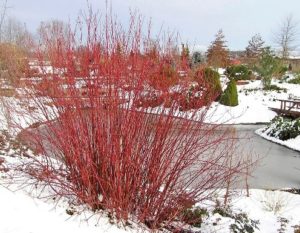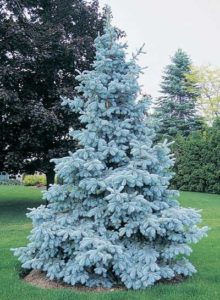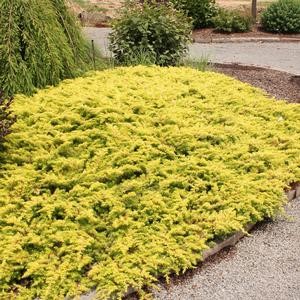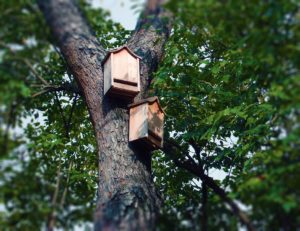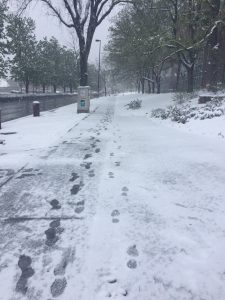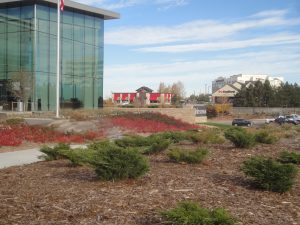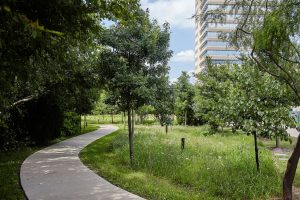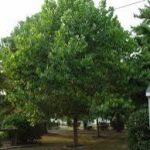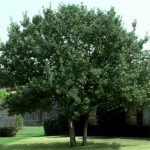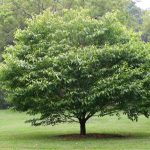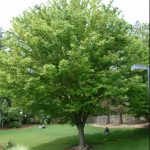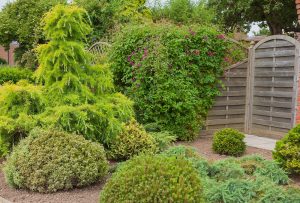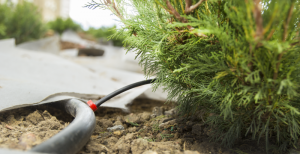Every year we look forward to upcoming trends in the commercial landscaping world! This year, we wanted to show off some of the trends that you will be seeing in 2018. Below are four of our recommended trends you may want to try on your commercial landscape property.
Green Roofs
As more commercial properties search to find ways to reduce their carbon foot-print, the trend of green roofs has emerged. Green roofs allow projects in high-density areas to be built with a landscape, by partially or completely covering their rooftops in vegetation and plant life. By taking this green initiative, a property can expect to significantly reduce heat loss, filter out storm water, lower energy consumption, and have improved insulation. In addition to being eco-friendly, other benefits include, allowing residents or employees a chance to relax and escape the day-to-day grind, attract an assortment of wildlife and even serve as farm to table gardens for restaurants.
Xeriscape
Xeriscaping is another trend that will continue to take off as we go into the new year. The increased frequencies of droughts and scarcity of water has put a spotlight on the importance of xeriscape. Xeriscape landscaping can be the most efficient method for commercial properties to achieve water use reduction and reduce costs. In fact, xeriscape can reduce outdoor water use by as much as 70 percent. Because of this, your commercial landscape property will reduce your water costs. You will also have a well-maintained, beautiful and appealing landscape. For more information on xeriscaping, click here.
Brush Management
For most of the country, this fall has been very dry and the winter months will offer more of the same. This lack of precipitation is a major issue, especially when it comes to wildfires. In fact, according to WX Shift, “since 1970 the annual average number of wildfires larger than 1,000 acres has more than doubled in the western U.S. The typical wildfire season has also stretched by about two and a half months longer over that time”. Because of this, maintaining the brush on commercial properties is vital to the prevention of wildfires. On top of this, more and more cities, municipalities and counties have and will continue to establish guidelines and rules for managing brush and reducing fire risk. Click here for tips on how to manage your brush.
Native Plants
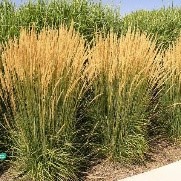 There has been a great interest in finding methods to aid in sustainability and at the same time reduce the property owner’s costs. Due to these needs, the trend of planting native foliage has emerged in the commercial landscape world. One of the main factors leading to native plants becoming such popular alternatives is their ability to thrive without much human intervention. The word “native” means that the plant is indigenous to a certain area. Since native plants are already adapted to the local environment, less water is required as well as a reduction of fertilizers and other lawn care treatments. For a few suggestions of native plants in your area, contact Terracare Associates today. If you are interested in native plants, click here.
There has been a great interest in finding methods to aid in sustainability and at the same time reduce the property owner’s costs. Due to these needs, the trend of planting native foliage has emerged in the commercial landscape world. One of the main factors leading to native plants becoming such popular alternatives is their ability to thrive without much human intervention. The word “native” means that the plant is indigenous to a certain area. Since native plants are already adapted to the local environment, less water is required as well as a reduction of fertilizers and other lawn care treatments. For a few suggestions of native plants in your area, contact Terracare Associates today. If you are interested in native plants, click here.

